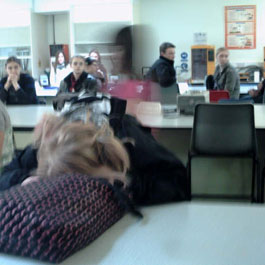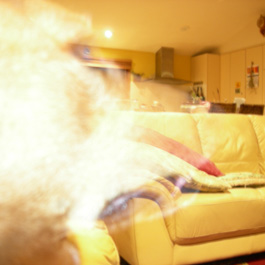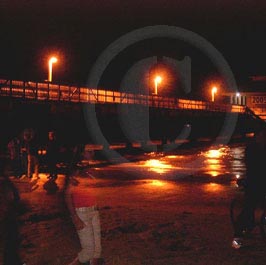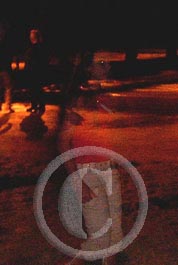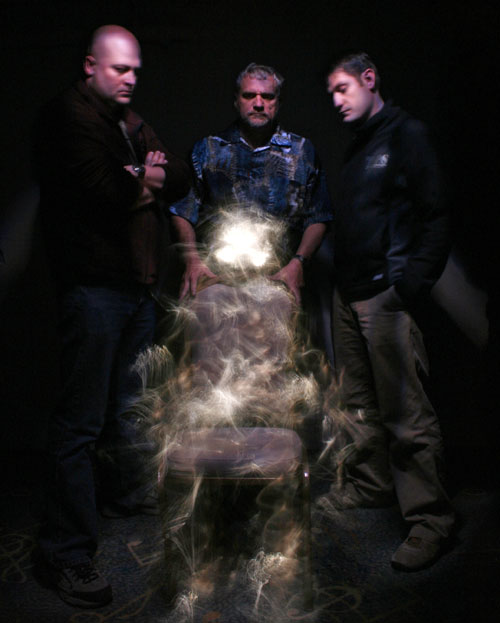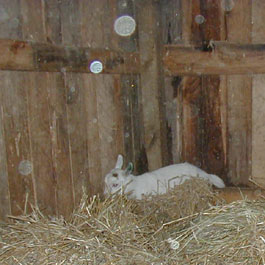
The most common type of all alleged spirit photos is the notorious "orb", which some ghost hunters consider to be little balls of energy (consciousness "bubbles" perhaps?) in their most simple form (before they acquire enough electrical energy to manifest themselves into something more recognizable). Unfortunately, they are uncommon enough that many people are stunned when they pick up something like one on a photo.
Of course, most orbs are a result of camer'as own flash reflecting off dust particles, insects, and precipitation immediately in front of the lens. Other causes are lens refraction (sometimes also called lens flare) which is a result of light hitting the lens at unusual angles, resulting in various colored glowing spheres (and sometimes other shapes) appearing in the picture (shown at right). Of course, that's not to say that ALL orbs are dust or insects, but the majority really are nothing to worry about. I do wonder, however, why they mostly show up only in photos taken at supposedly haunted locations. I seldom see them anywhere else... Hmmm. (Lens flare photo used with permission, Rocky Mountain Paranormal)


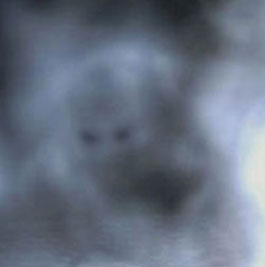
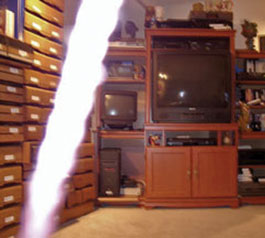
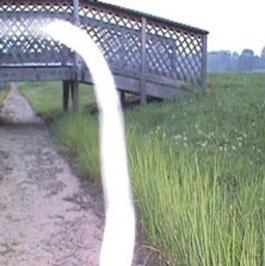
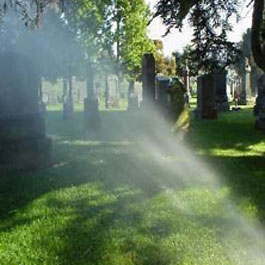

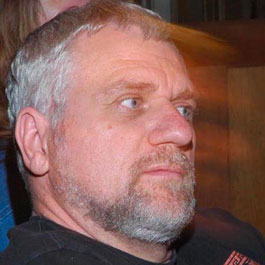
The reality behind the image is that the camera (usually a Polaroid, but it can occur on any type of camera) is using a flash while at the same time using a slow shutter speed. This can be caused by partially blocking the flash on an automatic camera or by manually setting the camera to night portrait mode or the wrong manual settings, and just slightly moving the camera while the shutter is open. This causes the image to contain two images of the subject, one that is reasonably sharp and another that is similar but, due to the transparency and blur created by the technique, will not always match the subject exactly. The fact that the blurred image doesn't look exactly like the subject makes the suggestion that the image is a "companion spirit" easier to pull off. (Used with permission.)
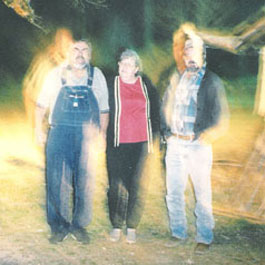
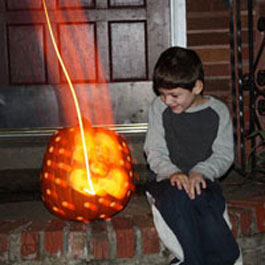
Another common effect frequently misinterpreted as a ghost picture is motion blur (sometimes called "streakers"), shown in these two examples.
This occurs when the camera tries to compensate for shooting a dark subject (or someone in a dark place--usually using the "night portrait" mode) by using a slower shutter speed. What happens is that once the flash goes off, if the photographer unconsciously moves the camera ever so slightly, he or she will create the motion blur effect that you see in the pumpkins. The blur is only noticeable with especially bright colors since that is the only light source the camera can pick up without a flash, which is why the children do not appear similarly "smeared". The "lightning bolt" coming out of the pumpkin in the picture on the left is actually a blur of the candle flame itself--the bolt effect being the result of the camera being jerked slightly upwards immediately after the flash went off. Cool effect, though, and one easily reproduced with practice. (Used with permission.)
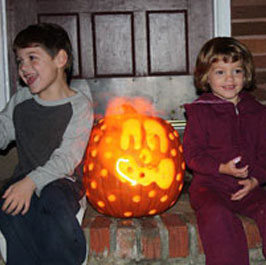
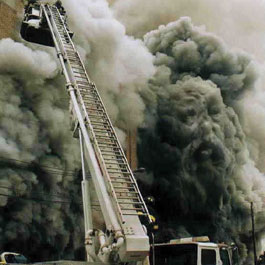
Oh no, it's pareidolia! For those unfamiliar with the term, pareidolia (sometimes referred to as "matrixing") is the brain's attempt to make out recognizable shapes where none exists. In effect, you are seeing what appears to be a face/form because that is what the brain is wired to do when confronted with random patterns of light and shadow. This is the same phenomenon we experience when we see faces or animals in the clouds, and is also the reason that the more you stare at the picture, the more "face" you see. It's really just an optical illusion. Here are a couple of really good examples.
On the left is a wonderful face of an ancient Chinese philosopher looking out from the billowing smoke of an especially nasty fire. On the right, a "demon" hiding in the rock face, obviously intent on mischief.

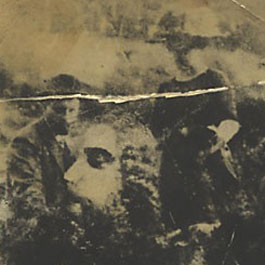
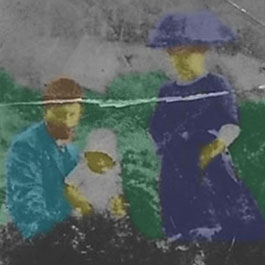
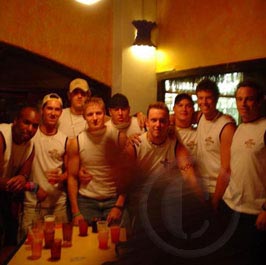
Left: This photo was sent to me by a guy taking a few pictures of his friends at a resort in Cancun, Mexico. Notice the fuzzy, half image of what appears to be a man sitting at the table in front of them. No, it's not a double exposure but most likely an article of clothing flapping in front of the lens just as the picture was snapped. Cool effect though. (Used with permission.)
Right: Interesting effect of girl being caught in midstride just as the camera shutter malfunctions, giving her a blurred image. The giveaway on this is the fact that all the people in the picture appear to be blurred to some degree; by remaining relatively still, however, they don't take on the semi-transparent effect of the fast moving girl in the center. (Used with permission.)
